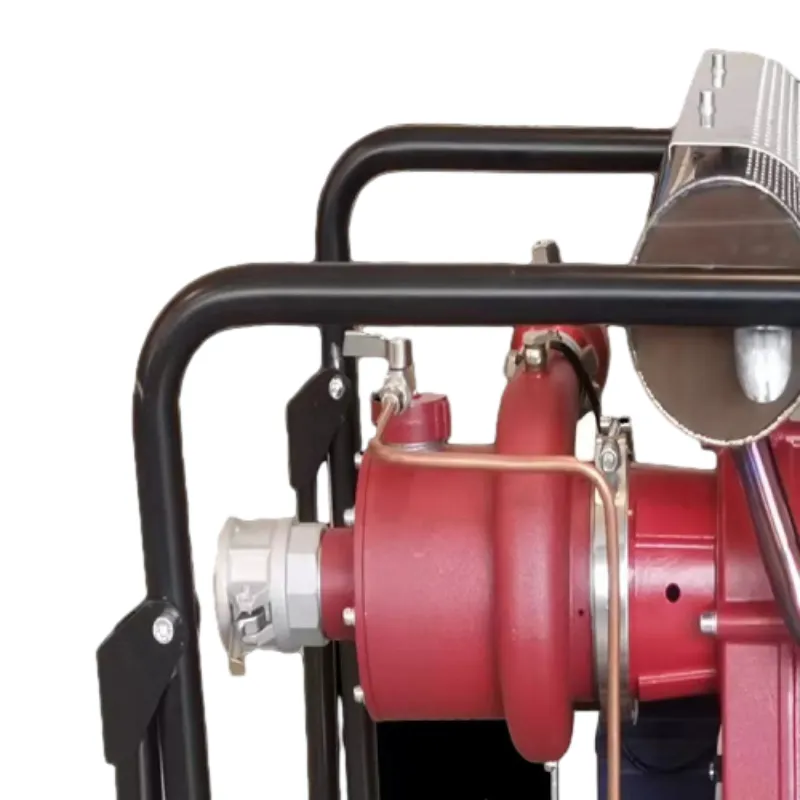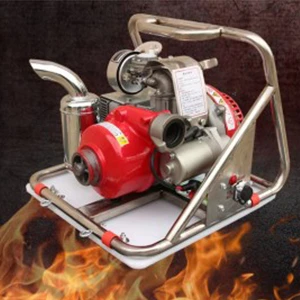

Real-world applications of electric fire water pumps highlight their indispensable role in comprehensive fire safety strategies. In industrial settings, where the risk of fire can lead to catastrophic losses, these pumps are integrated into automatic sprinkler systems that activate upon detection of heat or smoke. This immediate response capability is crucial in containing fires at their early stages, thereby preventing escalation. In urban environments, high-rise buildings present unique challenges for firefighting, primarily due to the difficulty of water delivery at elevated heights. Electric fire water pumps, strategically placed throughout the building, ensure that water pressure is sufficient to reach even the highest floors. This strategic positioning is critical for enabling firefighters to tackle fires swiftly and effectively, reducing potential damage and increasing the likelihood of a successful evacuation. Case studies of successful implementations provide poignant examples of the life-saving potential of electric fire water pumps. Consider the case of a manufacturing plant that experienced a significant electrical fire. The presence of a robust electric fire water pump system allowed for the rapid suppression of the flames before they could spread, preventing extensive damage and potential harm to personnel. The success of this intervention underscores the critical role these systems play in proactive disaster management. In conclusion, electric fire water pumps embody the essence of technological advancement in fire safety. Their design reflects an intricate balance of engineering prowess, expert knowledge, authoritative standards, and trustworthy operational protocols. As the demand for advanced fire safety solutions grows, these pumps are poised to remain at the forefront, continually evolving to meet the challenges of tomorrow’s fire safety landscape. By investing in these systems, businesses and communities can significantly enhance their resilience against fire-related threats, ensuring a safer environment for all.





























